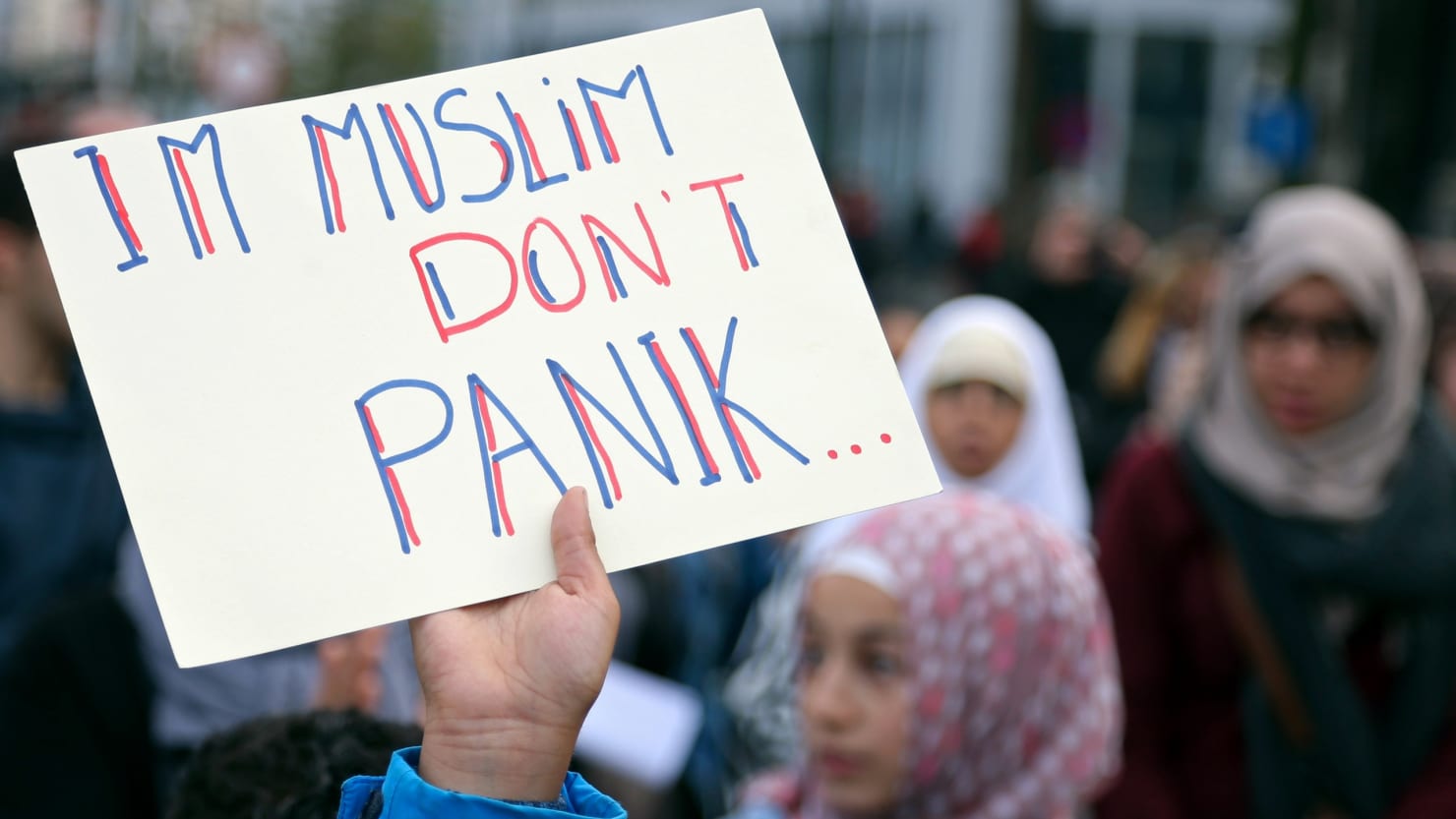Germany, known for its commitment to democratic values and human rights, faces ongoing challenges with racism against Muslims. This issue, coupled with the German state’s approach to the hijab, reflects broader societal tensions and the complexities of integrating diverse cultural and religious practices within a secular framework. This article provides an exclusive overview of racism against Muslims in Germany and the state’s treatment of the hijab.
Racism Against Muslims in Germany
Prevalence and Impact:
Racism against Muslims in Germany manifests in various forms, including verbal abuse, discrimination in employment and housing, and occasional acts of violence. This prejudice is often fueled by negative stereotypes and misconceptions about Islam and its followers. The rise of far-right movements and xenophobic sentiments has exacerbated these issues, creating a hostile environment for many Muslims.
Institutional and Social Challenges:
Muslims in Germany face challenges related to institutional discrimination. Reports indicate that Muslims experience difficulties in accessing equal opportunities in education and employment. Additionally, there are concerns about the representation of Muslims in political and social spheres. Socially, Muslims often encounter hostility and exclusion, particularly in areas with limited intercultural dialogue and understanding.
Government Response:
The German government has taken steps to address racism through legislation and policy initiatives. Anti-discrimination laws are in place to protect individuals from hate crimes and discriminatory practices. Efforts to promote intercultural understanding and tolerance are also part of broader integration programs aimed at fostering social cohesion.
The German State’s Treatment of the Hijab
Legal Framework:
The hijab, a traditional Islamic headscarf worn by many Muslim women, is a subject of legal and political debate in Germany. While the German constitution guarantees freedom of religion, the application of this principle varies, particularly in public sector employment and education.
Public Sector Restrictions:
In some regions, regulations prohibit the wearing of religious symbols, including the hijab, for public sector employees such as teachers and police officers. These restrictions are justified by arguments related to secularism and the need to maintain a neutral public service. However, these policies have been criticized for potentially infringing on individual religious freedoms and contributing to the marginalization of Muslim women.
Educational Institutions:
In schools, the hijab’s acceptability varies across different states and educational institutions. While some schools allow students to wear the hijab, others impose restrictions. These varying policies can lead to confusion and uneven treatment for Muslim students, impacting their educational experience and sense of inclusion.
Societal Perceptions:
Public perceptions of the hijab in Germany are mixed. While some view it as a symbol of cultural diversity and religious freedom, others see it as a controversial issue linked to debates about integration and secularism. These differing views contribute to the broader discourse on multiculturalism and religious expression in Germany.
Racism against Muslims in Germany and the state’s treatment of the hijab are interconnected issues reflecting the challenges of integrating diverse cultural and religious practices within a secular society. While the German government has implemented legal protections and integration programs, ongoing discrimination and varying policies regarding the hijab highlight the need for continued efforts to promote intercultural dialogue, respect for religious freedoms, and social inclusion. Addressing these challenges is essential for fostering a more equitable and inclusive society that upholds democratic values and human rights for all its residents.
